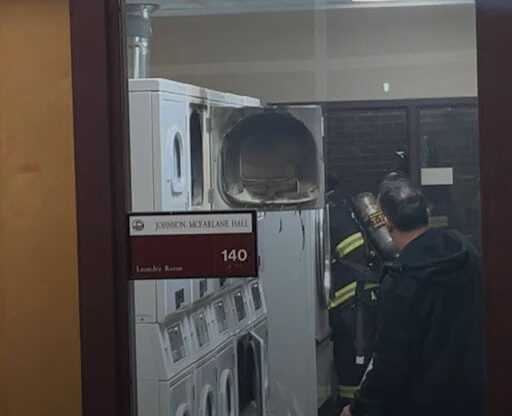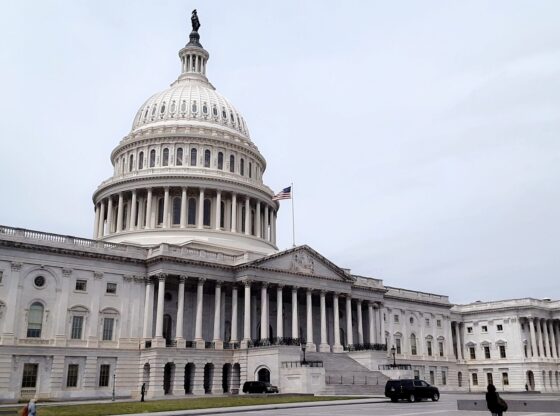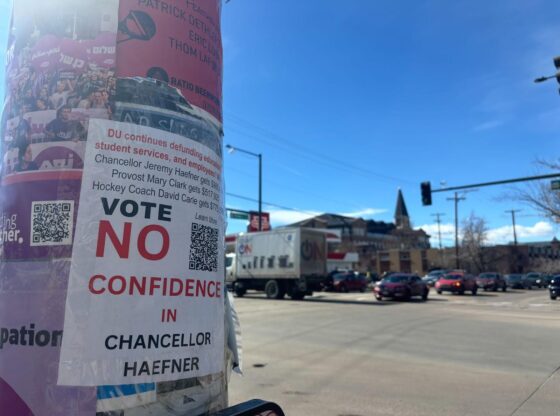It has been just over a year since COVID-19 became public knowledge worldwide. The COVID-19 virus has now become an unavoidable part of daily life, with new vaccines bringing hope to many that the virus’s transmission can be lessened. Currently, 33% of the U.S. population is fully vaccinated. However, experts are still skeptical about the possibility of reaching herd immunity.
If enough people in the U.S. are fully vaccinated, there is a lower chance the virus will continue to spread. This could lead to herd immunity. However, Dr. Anthony Fauci, the Director of the National Institute of Allergy and Infectious Diseases (NIAID), said approximately 70% to 85% of the population would need to be vaccinated against or immune to COVID-19 to reach herd immunity. The percentage of vaccinated people needs to grow by at least 37% to achieve this goal nationwide.
Experts are coming to the conclusion that rather than preparing for COVID-19’s disappearance, Americans will need to adjust to the idea of it becoming a manageable threat that will continue to circulate in the U.S. for years to come. The virus will still cause hospitalizations and deaths but in much smaller numbers.
Another possibility is that select regions of the country could become free of COVID-19. But these regions would have a continued risk of outbreaks if unvaccinated visitors frequent the area. This could easily be avoided if the majority of Americans commit to getting vaccinated.
“COVID-19 will be eliminated from some countries,” said Christopher Dye, an epidemiologist at the University of Oxford, U.K. “But there will be a continuing or seasonal risk of reintroduction from places where vaccine coverage and public health measures have not been good enough.”
It is also unlikely the U.S. will reach herd immunity due to the virus evolving. New variants are popping up frequently and spreading easily. The vaccine rollout is proceeding too slowly for herd immunity to be reached anytime soon.
There are currently five variants in the United States:
- B.1.1.7: This variant was first identified in the U.S. in December 2020 and was initially detected in the U.K.
- B.1.351: This variant was first identified in the U.S. at the end of January 2021, despite its initial detection in South Africa in December 2020.
- P.1: This variant was first detected in the U.S. in January 2021. P.1 was initially identified in travelers from Brazil who were tested during routine screening at an airport in Japan in early January.
- B.1.427 and B.1.429: These two variants were first identified in California in February 2021 and were classified in March 2021.
In the U.S., Florida has reported a significant number of variant cases. As of May 1, Miami-Dade County led the state with 2,279, according to the Sun-Sentinel, followed by Broward County with 1,950. Florida has reported more than 9,050 B.1.1.7 cases statewide.
Continued immunizations—especially for people at the highest risk because of older age, exposure or pre-existing health conditions—will be crucial to limiting the severity of outbreaks and frequency. Completely halting the virus is not a reality.
However, taking the proper precautions to protect everyone would allow us to inch closer back to a normal life. A life with herd immunity would include one without masks. There are currently 25 U.S. states that do not have mask mandates.
“The virus is unlikely to go away,” said Rustom Antia, an evolutionary biologist at Emory University in Atlanta. “But what we can do is ensure that it’s likely to become a mild infection.”
Vaccinations remain the key to transforming the virus into a controllable threat. Herd immunity can fluctuate with “population crowding, human behavior [and] sanitation,” said Dr. David M. Morens, a virologist and senior adviser to Dr. Fauci.
Jeffrey Shaman—an epidemiologist at Columbia University—says that the “nightmare scenario” would be if not enough people become protected through the vaccine. In that situation, highly contagious variants may develop with the ability to break through vaccine protection. This will eventually land people in the hospital and put them at risk of death.
“How frequent and severe those breakthrough infections are, has the potential to determine whether the United States can keep hospitalizations and deaths low or if the country will find itself in a mad scramble every couple of years,” said Shaman.
The majority of the population receiving the COVID-19 vaccine is the country’s best option for reaching herd immunity. However, experts are not optimistic about this possibility as only 33% of the population is fully vaccinated. The U.S. should accept the reality that COVID-19 may not completely go away. It will likely be a virus that we continue to fight every year, but hopefully with fewer deaths than in 2020.











